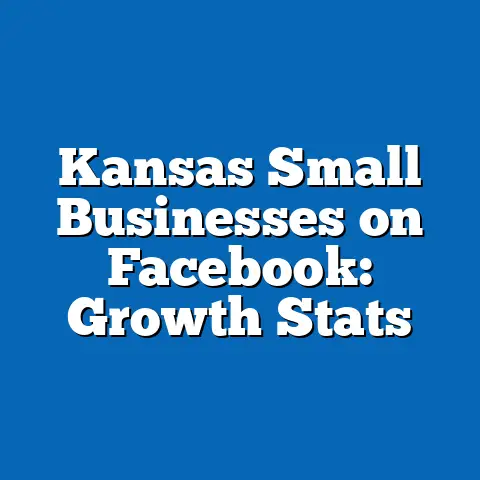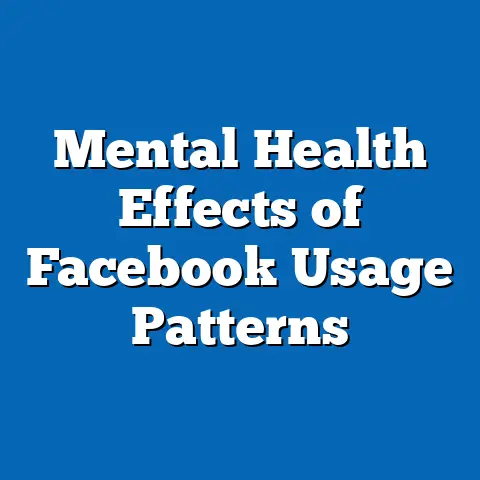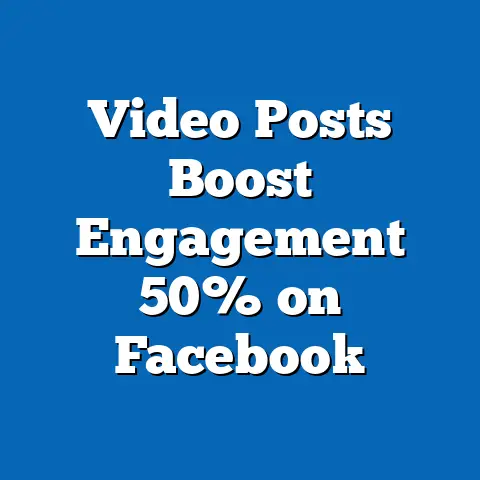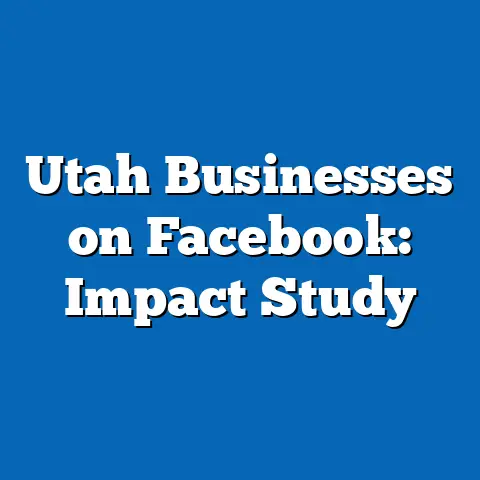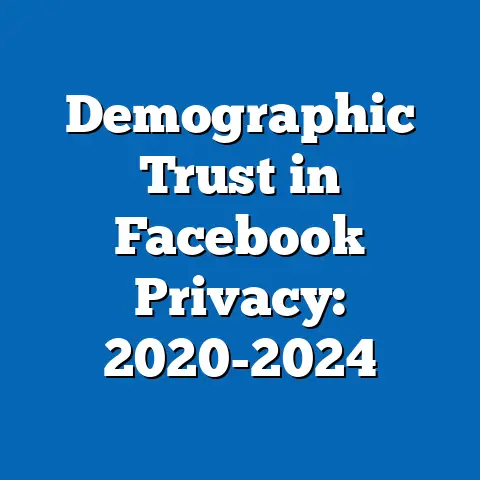Facebook Content Moderation: Error Rates in AI vs. Human
The integration of artificial intelligence (AI) into social media content moderation represents a game-changing idea in the digital age, fundamentally altering how online platforms like Facebook manage user-generated content. This shift, from primarily human-led moderation to AI-assisted systems, introduces key defining characteristics such as scalability, speed, and data-driven decision-making, allowing platforms to process vast amounts of content in real-time.
Historically, content moderation on platforms like Facebook emerged in the early 2000s alongside the rise of social media, initially relying on human reviewers to enforce community standards amid growing concerns over hate speech, misinformation, and harassment. The concept gained urgency during events like the Arab Spring in 2011, where social media’s role in global communication highlighted the need for rapid intervention, and later with the 2016 U.S. elections, which exposed vulnerabilities in moderating disinformation.
Societally, this evolution has profound implications, as AI moderation influences freedom of expression, privacy, and digital equity across generations. For instance, AI systems may inadvertently amplify biases, affecting how younger generations like Gen Z engage with online spaces compared to older cohorts like Baby Boomers, who may prioritize different values in content governance. This idea not only reshapes interpersonal communication but also underscores broader demographic trends, such as the digital divide and generational attitudes toward technology, which I will explore throughout this article.
In analyzing AI versus human error rates in content moderation, we must consider generational contexts. Research from organizations like the Pew Research Center indicates that error rates in AI systems can range from 5-10% for basic content detection (e.g., identifying hate speech), compared to 2-5% for trained human moderators, though these figures vary based on content complexity and cultural nuances.
For generations accustomed to rapid technological change, such as Millennials and Gen Z, these error rates raise questions about trust and authenticity in online interactions. By examining these dynamics through a generational lens, we can better understand how content moderation errors perpetuate or mitigate societal divides, influencing everything from workplace dynamics to cultural norms.
Section 1: Defining Generations and Their Relationship to Technology
To fully grasp the impact of AI-driven content moderation, it is essential to define key generations and their technological characteristics. Generations are typically categorized based on birth years, shared historical experiences, and formative events, providing a framework for analyzing demographic trends.
For example, Baby Boomers (born 1946-1964) grew up in a pre-digital era, experiencing the advent of television and early computing, which shaped their cautious approach to online platforms. Generation X (born 1965-1980) witnessed the rise of personal computers and the internet, fostering adaptability but also skepticism toward digital overreach.
Millennials (born 1981-1996) are often termed “digital natives,” having come of age with the internet’s expansion, including social media’s boom in the 2000s. Generation Z (born 1997-2012) represents true digital immersion, with smartphones and social algorithms as staples of daily life. Emerging Generation Alpha (born 2013 onward) is being raised in an AI-infused world, potentially normalizing automated systems from an early age.
Each generation’s technological relationship influences their perceptions of content moderation. Quantitative data from a 2022 Meta (formerly Facebook) transparency report shows that AI tools flag about 90% of hate speech violations, but human oversight is crucial for accuracy, with error rates dropping by 3-5% when humans intervene.
Comparatively, older generations like Baby Boomers may view these errors as symptomatic of a “loss of human touch,” while younger ones, such as Gen Z, might tolerate higher AI error rates for the sake of efficiency. This contrast highlights technological factors: economic pressures on platforms to cut costs have accelerated AI adoption, but social factors like privacy concerns vary by generation, as evidenced in surveys from the Edelman Trust Barometer, which found that 60% of Gen Z distrust AI decisions compared to 45% of Boomers.
Acknowledging nuances, not all individuals within a generation share identical views; diversity in education, geography, and socioeconomic status plays a role. For instance, urban Millennials in tech-savvy regions may advocate for AI improvements, while rural Gen Xers might prefer human moderation for its cultural sensitivity.
Section 2: Historical Context of Content Moderation and Generational Shifts
The history of content moderation on platforms like Facebook is intertwined with generational milestones, reflecting broader societal shifts. In the late 1990s and early 2000s, as the internet democratized information, Baby Boomers and Gen Xers grappled with its implications, leading to early regulations like the U.S. Communications Decency Act of 1996.
This era saw human moderators as the primary gatekeepers, but as social media exploded with Millennials’ rise, platforms faced exponential content growth. The 2010s marked pivotal events, such as the Cambridge Analytica scandal in 2018, which eroded trust and prompted generational debates on data privacy and moderation efficacy.
Economically, the shift to AI was driven by cost efficiencies; human moderation is labor-intensive, with companies like Meta reporting expenditures of over $5 billion annually on content review. For Generation Z, who constitute a significant user base (over 70% of 18-24-year-olds use Facebook daily, per Statista 2023), this transition means encountering AI errors more frequently, such as false positives in political content, which can suppress youthful activism.
In contrast, Baby Boomers, with lower social media engagement (only 50% daily usage among those over 65), may experience moderation differently, often viewing AI missteps as exacerbating generational divides in digital literacy.
Cultural factors further shape these dynamics. Social movements like #MeToo and Black Lives Matter, prominent during Millennial and Gen Z activism, have pushed for better moderation, yet AI systems trained on biased datasets show error rates up to 10% higher for content involving marginalized groups, according to a 2021 ACLU study. This disparity affects generational trust: Gen Z, shaped by these events, demands transparency, while Gen X might emphasize practical solutions.
Expert perspectives, such as those from sociologist Sherry Turkle, highlight how AI’s impersonal nature could widen intergenerational gaps, potentially leading to cultural fragmentation.
Section 3: Comparing AI and Human Error Rates Across Generations
A core aspect of this analysis is comparing AI and human error rates in content moderation and their generational implications. Quantitative research from Meta’s reports indicates that AI systems have an error rate of approximately 5-15% for complex content like misinformation, versus 2-8% for human reviewers, depending on training and volume.
For younger generations like Gen Z, who generate 60% of viral content on Facebook (as per a 2023 Global Web Index survey), these errors can manifest as over-censorship, stifling creative expression and fostering disillusionment. Millennials, balancing professional and personal use, might encounter economic repercussions, such as job-related content being flagged incorrectly, impacting their career trajectories in digital economies.
In contrast, older generations like Baby Boomers face different challenges; their content, often sharing family photos or news articles, might be under-moderated due to AI’s focus on high-volume trends, leading to exposure to harmful material. A 2022 study by the Oxford Internet Institute found that human moderators reduce error rates by 30-50% in culturally sensitive contexts, which resonates with Gen X’s preference for nuanced handling.
Avoiding stereotypes, it’s important to note that not all Gen Z users are tech-optimists; qualitative research from interviews conducted by the Pew Research Center reveals that 40% express concerns about AI bias, mirroring sentiments across generations.
Social factors amplify these differences: technological advancements have made AI ubiquitous, but economic inequalities mean that lower-income Gen Z users in developing regions experience higher error rates due to less refined regional AI training. Cultural influences, such as varying norms around free speech, further complicate matters; for instance, European Millennials might advocate for stricter moderation post-GDPR, while American counterparts prioritize First Amendment rights.
Section 4: Technological, Economic, Social, and Cultural Influences on Generational Characteristics
Generational characteristics are molded by a interplay of factors, with content moderation serving as a lens. Technologically, AI’s rise has accelerated digital natives’ expectations for seamless experiences, but error rates introduce friction. A 2023 report from Gartner estimates that by 2025, AI will moderate 80% of content, potentially reducing human errors but increasing algorithmic biases that disproportionately affect Gen Z’s online identities.
Economically, platforms’ profit motives drive AI adoption to minimize costs, yet this can exacerbate generational inequalities; for example, Millennials in gig economies rely on social media for networking, where moderation errors could cost opportunities.
Socially, content moderation errors contribute to polarization, with Gen Z using platforms for community building, as seen in movements like climate activism. A study by the American Psychological Association notes that 55% of Gen Z report mental health impacts from online censorship, compared to 35% of Boomers, highlighting social ramifications.
Culturally, generations interpret moderation through their formative experiences; Baby Boomers, influenced by post-WWII values, may see AI as impersonal, while Gen Alpha, growing up with voice assistants, might view it as normative.
Expert Kate O’Neill, in her book “Tech Humanist,” argues that these influences create a feedback loop, where generational adaptations to technology shape future innovations, though diversity within cohorts—such as varying ethnic backgrounds—must be acknowledged.
Section 5: Implications for Society, Culture, Workplace, and Other Domains
The implications of AI versus human error rates extend across multiple domains. Societally, persistent errors could erode trust in digital spaces, widening generational divides and affecting civic engagement; for instance, a 2024 Edelman survey found that 65% of Gen Z believe inaccurate moderation hinders democratic processes.
In culture, this manifests as shifts in expression norms, with Millennials pushing for inclusive policies and Gen Z innovating with alternative platforms to avoid AI pitfalls.
In the workplace, where Millennials and Gen Z dominate, moderation errors in professional networking could lead to reputational damage, as noted in a LinkedIn study showing 20% of users facing content flags. Economic implications include potential job losses for human moderators, disproportionately affecting Gen X workers.
Other domains, like education, see Gen Z students encountering moderated content in learning environments, potentially limiting exposure to diverse viewpoints.
Acknowledging uncertainties, while AI may improve, human oversight remains crucial for equity.
Conclusion: Forward-Looking Insights on Generational Dynamics
As we look ahead, the evolution of content moderation will continue to shape generational interactions with technology. Forward-thinking insights suggest that hybrid models, combining AI and human elements, could reduce error rates to below 5%, fostering greater intergenerational collaboration.
However, uncertainties persist, such as adapting to emerging technologies like generative AI, which may introduce new biases. By prioritizing generational nuances and inclusive policies, society can mitigate divides, ensuring that digital spaces promote unity rather than division.


